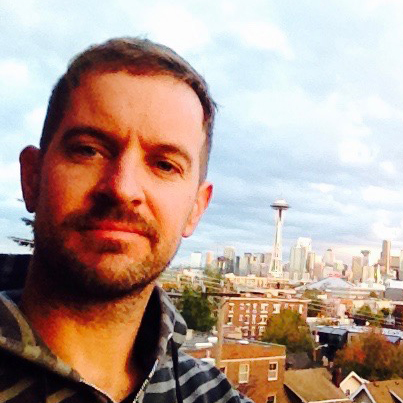Pacific cod numbers in the Gulf of Alaska are at all-time lows, according to early looks at data collected from the 2017 summer survey.
Steve Barbeaux, a fisheries biologist for the Alaska Fisheries Science Center in Seattle, said scientists believe that the warm water mass known as the blob may be responsible for the low numbers.
“It seems that this warm water that occurred that we’re calling the blob may have increased natural mortality for the 2012 year class and probably 2014, 2015, and 2016 as well,” Barbeaux said.
Biologists survey Alaska cod every other summer, and this year’s Gulf of Alaska count represents a 71 percent drop from 2013 and an 83 percent drop from 2015.
“If you look at the condition of the fish during that time period, it’s the worst we’ve seen; condition meaning their lowest weight at length for those particular year classes. It means they were starving. When we look the stomachs we see low food content in their stomachs,” Barbeaux said.
The Gulf fishery is federally managed, while the Bering Sea and Aleutian Island fisheries are managed by the state of Alaska. While the stocks in state-regulated waters are faring better, a drop in allowable biological catch (ABC) in Gulf waters would bring down quotas closer to shore as well. State waters are awarded about a quarter of the total federal ABC.
“If you were to look at last year’s models and run the same data through, you end up with a 60 to 85 percent decline in the ABC (for 2018),” Barbeaux said.
Those numbers aren’t finalized because they need to be reviewed, Barbeaux added, and his agency’s assessment will undergo rigorous internal and external reviews before final allotment decisions in December, but a quota drop is likely.
As for future years, Barbeaux said there are still pockets of warm water down deep in the Gulf of Alaska, but that the blob has “for the most part moved on,” meaning a long-term recovery is probable.
“Cod are pretty resilient stock, so if we get recruitment in 2017, it will recover,” he said.
After being fished largely by longline in the 1980s and then trawlers in the 1990s, some 60 percent of the 2016 Pacific cod catch in the Gulf of Alaska came up in pots.
Around 16 percent of the world’s cod is caught in Alaska, with last year’s federal fishery yielding 330 million pounds. The 2017 ABC for Alaska’s state-regulated fishery is 45 million pounds.






